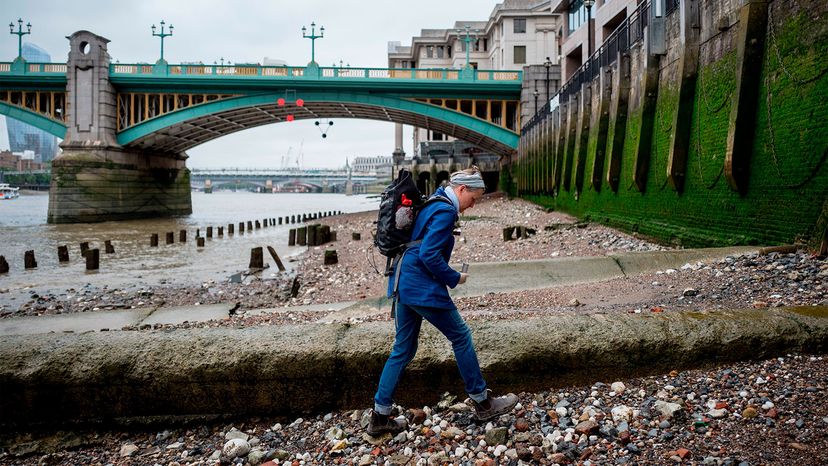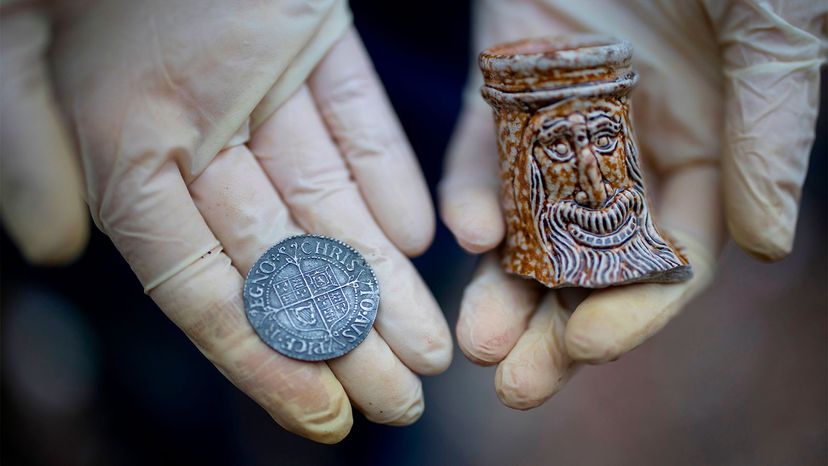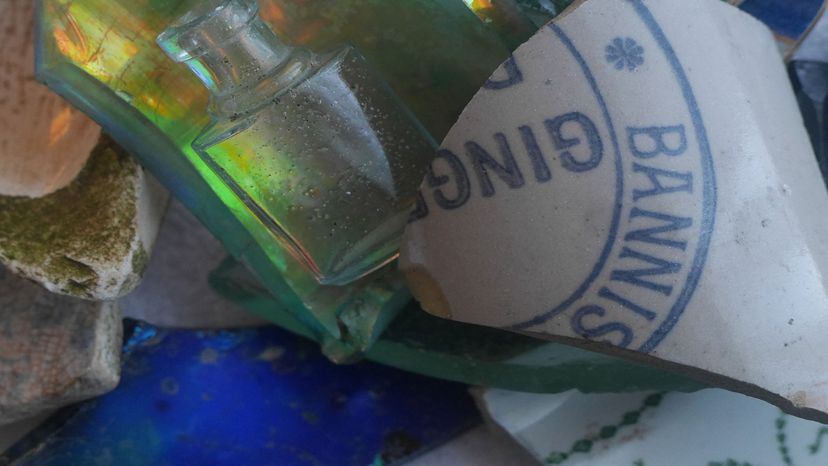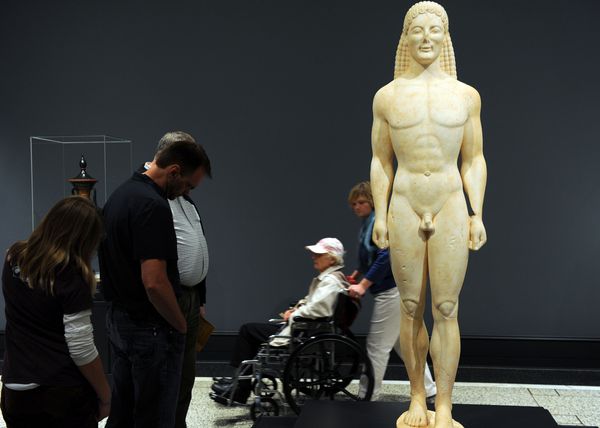
Key Takeaways
- Mudlarking in England requires a permit, and finders must report valuable items to authorities for evaluation, with the chance of museums purchasing these treasures.
- Common finds like tobacco pipes and pottery shards usually don't end up in museums, due to their abundance, and the mudlarkers often keep them.
- The practice is less regulated in the U.S., but rare and valuable items should still be reported to the appropriate historical or archaeological authority.
Maryland Heritage Scholar Henry M. Miller, Ph.D., recalls stepping onto the muddy shoreline of the river Thames in October 2016 with author Lara Maiklem. A modern-day expert mudlarker, Maiklem had agreed to take Miller mudlarking — scouring the exposed riverbed in search of treasures buried within centuries of underwater shoreline rubbish.
A dirty job? Yes, but an exciting one for Miller, an American historical archaeologist, who was tracking through the riverbed muck of this southern England estuary with Maiklem to create a comparative collection of known London artifacts for archaeological analysis of early American sites.
Advertisement
Sifting through the junk in the Thames may sound unpleasant to some, but in doing so, one is almost guaranteed to find a curious and possibly valuable artifact. Uncovering a piece of Roman pottery, a 1650s-era tobacco pipe or a small, well-preserved wax seal dating back to the time of King Richard III is just the kind of thing that keeps mudlarkers mudlarking.
"It's the excitement," Miller explains. "You never know what you're going to find. It's just like all of archeology, it's the thrill of the discovery. What am I going to find next and what is it going to tell me about people in the past? That's the exciting thing."
Advertisement



